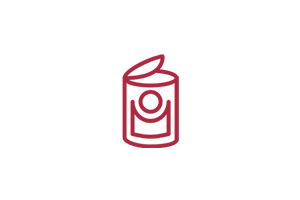Australia: Policy Highlights and Opportunities
Each year, approximately 7.6 million tons of all food in Australia is either lost or wasted along the supply chain. At the same time, between 4-13% of the population is moderately to severely food insecure. The Australian government has prioritized hunger reduction as part of its national policy agenda. In 2017, the National Food Waste Strategy was released, which has set a goal to cut Australia’s food waste in half by 2030.
Atlas Research: Australia
Policy Highlights
Australia research was published in June 2022 and was made possible with the advice and support of our on-site partners, including Foodbank Australia.
Policy Opportunities and Recommendations



